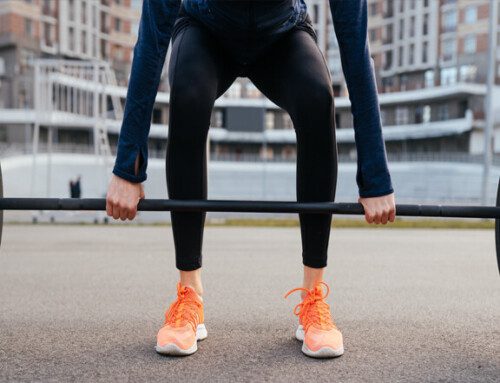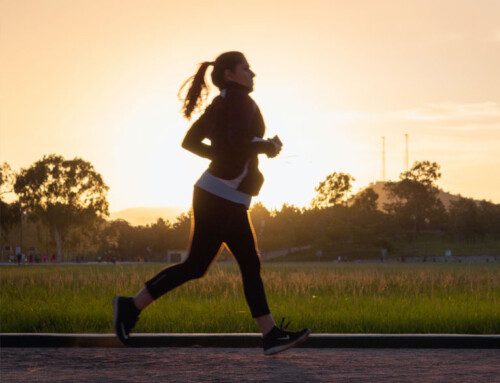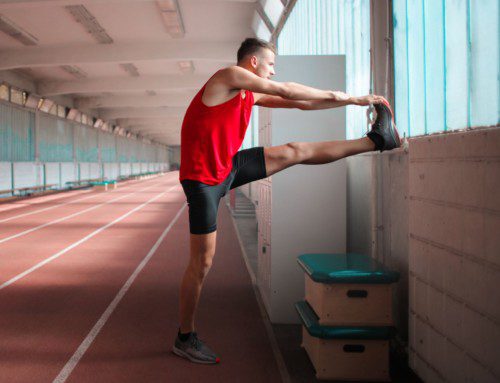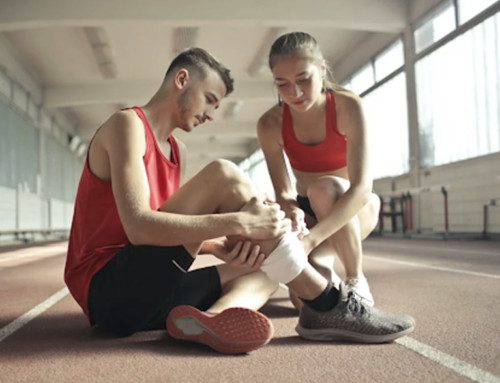An increase in knee and hip pain after running can be discouraging for those that use this activity as their sport. However, a study that reviewed multiple articles showed that running at a slow speed or having a slow steps-per-minute count can increase the amount of forces exerted in the hips and knees [1]. Therefore, increasing your running cadence or running faster can potentially help with pain in the hip and/or knee after running.
What's an appropriate running cadence?
The answer depends on multiple factors such as the amount of running experience you have, your goals, current injuries, current cadence, and more. There is not a textbook answer as to how fast you should be running, but it is suggested that increasing your cadence by 5-10% can significantly improve your running economy while decreasing load to your hip and knee joints [2].
How do I track my cadence?
Many smart devices can track or estimate your average cadence during your run. However, if you do not own a smart device that can do this, then you can count how each time one foot hits the ground for 30 seconds of your run. Then, multiply the number you get by 2 to calculate your steps per minute. This will allow you to quantify what your cadence is.
How do I increase my cadence?
One of the best and most fun ways to increase your cadence is finding playlists with songs that have the specific cadence or beats-per-minute that you desire to run. There are free playlists on music streaming platforms such as Spotify and Apple Music. You can also search songs with the specific cadence you'd like to run and create your own playlists! Then, you can run to the rhythm of the songs.
If you're not one to run while listening to music, you can try downloading a metronome app. Set the metronome to the specific cadence you want to run.
The Good News
Not only does increasing your cadence help decrease forces and pain in the hips and the knees, it has been shown that increased cadence does not have a significant negative impact on effort or economy of running [2]. Therefore, there's low risk of injuring yourself if you increase your cadence by a suggested 5-10%.
If you're looking to improve your running performance or decrease pain while or after running, try this tip out!
Source:
- Schubert, A. G., Kempf, J., & Heiderscheit, B. C. (2014). Influence of stride frequency and length on running mechanics: a systematic review. Sports health, 6(3), 210–217. https://doi.org/10.1177/1941738113508544
- Brake, M. T., Stolwijk, N., Staal, B., & Van Hooren, B. (2022). Using beat frequency in music to adjust running cadence in recreational runners: A randomized multiple baseline design. European journal of sport science, 1–10. Advance online publication. https://doi.org/10.1080/17461391.2022.2042398





